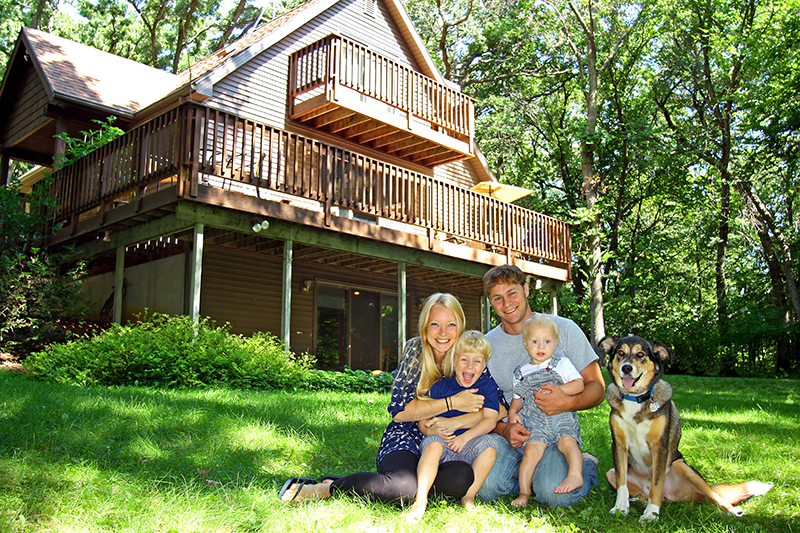Essential Moving Advice for Dog Owners
This post may contain affiliate links. If you make a purchase through these links, I will earn a commission at no extra cost to you. Thanks for reading!

Guest Post by Writer Jessica Brody
The process of relocating can be stressful for everyone involved. And when you have a dog, you might be even more overwhelmed because you have their needs to think about as well as your own.
You might find it difficult to know whether Fido is feeling stress or not. Fortunately, there are ways to prepare so that relocating is more manageable for you and your canine companion.
HOUSE HUNTING
Once you?ve decided to move to a different town, state or country, the next step will be finding a home that fits well into your and your dog?s life. Here are some factors to consider.
Location
It?s a given that when choosing a location for your new home, you?ll need to consider what you can afford. Besides affordability, though, you should think of where your new home will be located in relation to establishments and services you will often go to.
For example, do you need to go home midday to let your dog out? If so, you don?t want to have a 45-minute commute to your job. In addition, consider the nearest veterinarian, boarding kennel, dog park, groomer, trainers, and so on.
Outdoor Space
Dogs need space to run free, and they need sunlight and the benefits that come from vitamin D. The amount of outdoor space you need depends on the size and energy level of your breed. For instance, if you have an Australian shepherd, a large, fenced-in backyard is ideal. However, you could get by with living near a park or another type of public outdoor area.
If you will be living in an apartment, you?ll want to consider whether there is an interesting area for daily walks. Or is there a dog park nearby?
Square Footage
Along with location and outdoor space, the square footage of your new home can make a difference in your pup?s everyday life. Like outdoor space, more indoor space could be needed if you have a large breed. After all, your dog needs room inside the home to play and stretch.

Ordinances
Some houses, townhomes, and condos come with rules and regulations concerning pets. For any home you?re interested in, check to see if it is part of a homeowner or?condo association, and thoroughly read through the stipulations. Some condo associations set a limit on the number and weight of pets in an occupant?s home.
MOVING
After you?ve chosen the right home for you and your canine companion, it?s time to begin the actual moving process. This is the part of relocation that your dog may find difficult, so it?s essential to do what you can to keep them calm and comfortable.
Before the Move
Before the move to your new home, here is what you can do to make your furbaby less stressed ?
- Whether by car, plane, or train, your dog will do better if he doesn?t have a full stomach when traveling, so cut your dog?s daily food by a third about a week before the move.
- If you?re traveling by car, make sure your dog is safe and secure. Many pet owners find that doggie seat belts are a good option.
- Obtain any health records, certificates, or other paperwork that you need to take to your new vet.
- Have your dog microchipped if they aren?t already (microchipping your dog costs $45 on average).
- Update their ID tags with your new home?s address.
- In the days leading up to the move, let your dog get used to their travel carrier by putting them in it for short periods of time.
This is also the time to decide whether you need to hire movers for the big day. If you have a lot of heavy items to move or you want to ensure that everything reaches its destination in one piece, then you might need to research movers in your area to find a company that?s trustworthy and capable of doing the job well.
If you?re moving long-distance, consider a hybrid move. This type of move can save you up to 40 percent on moving costs, and it involves using a transport company to truck your items and hiring local movers at both your old and new home to load and unload.
If your pet will be moved by a transfer company, be sure to research pet transport companies thoroughly. Ask friends who might have experience with transporting a pet. The more information you get, the easier your decision will be in choosing the right pet transfer agent.
Packing and Moving Day
Dogs typically hate when objects are moved or rearranged. When it?s time to pack, try to arrange with a family member or friend to pet sit your pup outside of the home. That way, your dog won?t be starting off this new chapter in life by being overcome with anxiety and fear. Also, make sure their place in the vehicle is secure and comfortable. For instance, covering their carrier with a blanket can help keep them calm in the initial stages of the trip.
The Bottom Line
Moving is not typically a funfest, but it doesn?t have to be a terrible experience for you or your dog. Once you?ve chosen a home that you?re sure will suit both your human family and you furry companion, just be sure to keep your dog calm before and during moving day.
Relocating with a pup requires a little more effort, but any pet owner will tell you that it?s well worth it.





